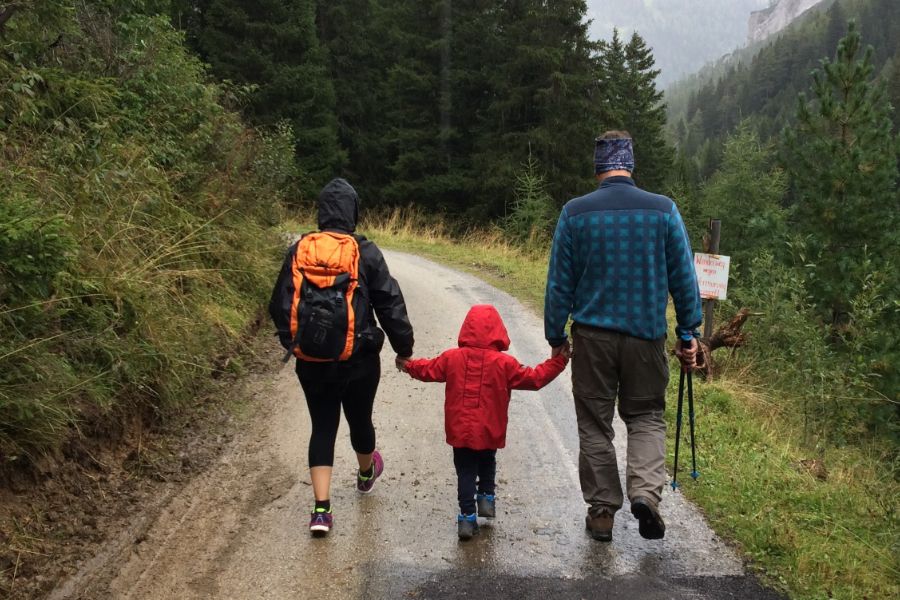In today’s modern world, our definition of a nuclear family continues to evolve. Families don’t conform to traditional stereotypes, and we welcome new family members through birth, marriage, and even friendship. As a result, step-parents are a prominent and commonplace part of the family structure. This has led to an increase in enquiries about the adoption of a child by a step-parent.
How this process unfolds legally isn’t always cut and dry. Above all else, the best interests of the children must always be respected. It’s never about what’s convenient for the adults entering into the relationship.
Let’s take a look at how the process works in BC family law.
The Adoption Act
The legal requirements for step-parent adoption are outlined in the BC Adoption Act. It states that the consent of the following is required for a child’s adoption:
- The child, if 12 years of age or over;
- The child’s parents;
- The child’s guardian
As you can see, it’s crucial to have the consent of the child’s other biological parent before proceeding with the adoption. Furthermore, the court may dispense with this consent requirement if the court is satisfied it’s in the child’s best interests to do so. This typically happens under several common scenarios:
- The parent is not capable of giving an informed consent,
- Reasonable but unsuccessful efforts have been made to locate the person whose consent is required
- The person whose consent is required has abandoned or deserted the child
- The person has not made a reasonable effort to meet their parenting obligations, or
- Is not capable of caring for the child
How Step-Parent Adoption Works
As a step-parent, if you want to adopt your step-child, you can apply for a court order under the BC Adoption Act. If this petition is successful, you will join your partner as the child’s parent and the legal ties between child and non-custodial parent are severed. This is where the situation can become challenging to navigate.
If the non-custodial parent is still an able and willing parent to the child, pursuing step-parent adoption will likely be unsuccessful legally, while also creating damaging problems within the family unit. This can potentially lead to a legal battle and trauma for the child.
Guardianship – A Potential Alternative
If the non-custodial parent is still in the picture, guardianship can provide a great alternative that’s less likely to result in a legal battle. Legal guardianship differs from step-parent adoption in that it doesn’t sever the legal ties between child and biological parent. In fact, the biological parent (non-custodial) still retains legal and financial responsibilities for their children. Guardianship has another key difference – it typically only lasts until the child reaches the legal age of majority, or the court determines it’s no longer necessary or in the best interests of the child.
Talk to a Family Law Expert
If you have any questions about step-parent adoption or the adoption process, the expert team at Westside is standing by to help. Contact us and we’ll be happy to assist.

